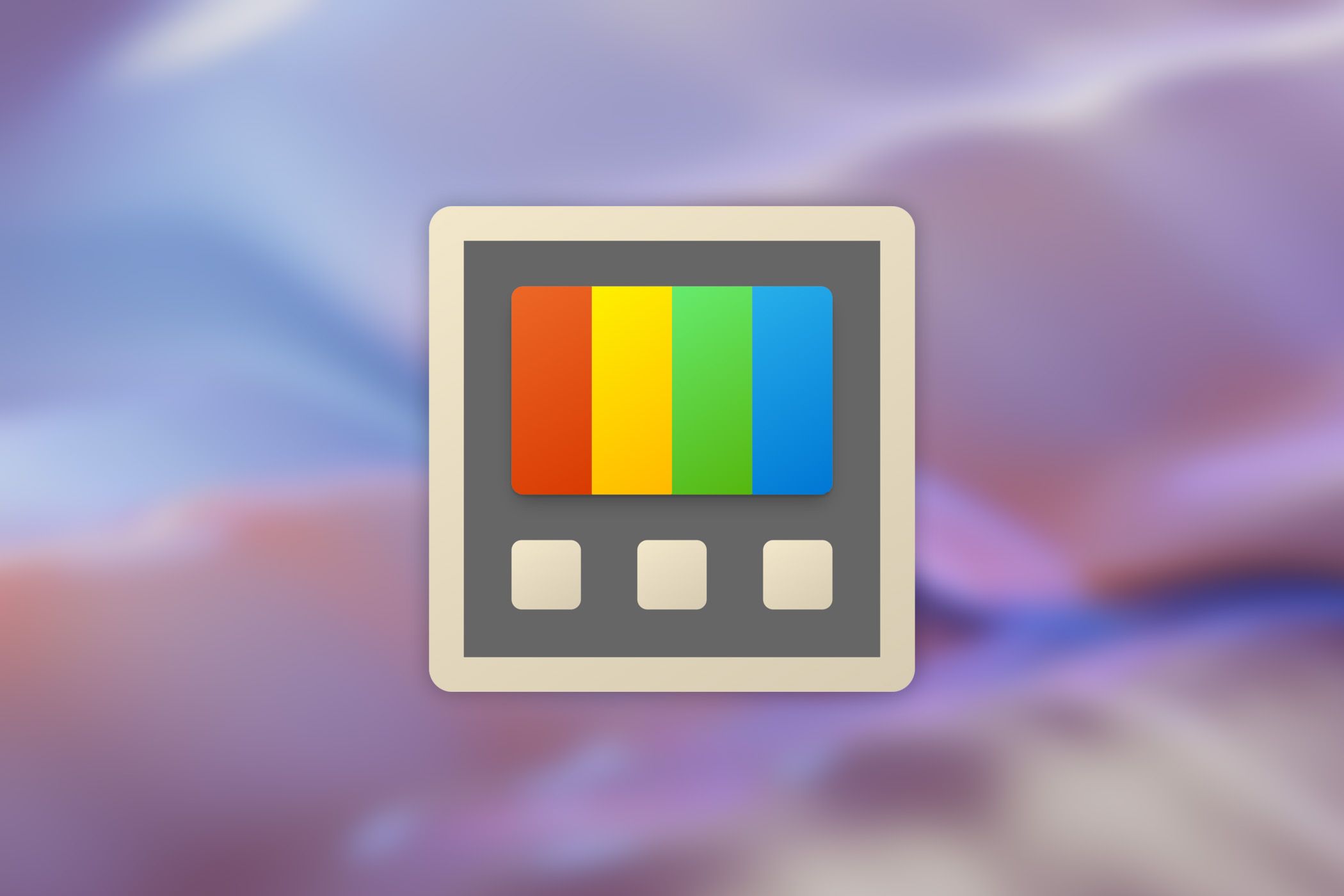Microsoft is rolling out a text extractor tool to the Snipping Tool in Windows 11, giving you another way to extract text and data from anything on your screen with Optical Character Recognition (OCR). It’s similar to the functionality already available on most Android, iPhone, iPad, and Mac devices.
Microsoft announced in a blog post that Snipping Tool version 11.2503.27.0 is now rolling out to Windows Insiders in the Canary and Dev channels. The new update adds a text extractor button to the Snipping Tool capture bar, which appears when you use the Win+Shift+S keyboard shortcut or open Snipping Tool from the Start menu.
When you click the new text extractor button, you can select the region you want to scan for text, just like capturing a regular screenshot. After that, you can select the scanned text as if it was a regular document, or you can click the ‘Copy all text’ button to move it all to your system clipboard. There’s also an option to remove line breaks from the copied text.
You can use this feature to select text from applications, games, photos, and other objects on your screen that don’t normally support text selection. Best of all, it doesn’t require a fancy new Copilot+ PC.
This is similar to the OCR feature that was just added to the Photos app in Windows 11, but with the Snipping Tool integration, you don’t need to capture and save the screenshot before selecting text. The Snipping Tool implementation is fewer clicks, and there’s even an option to automatically copy all text after using the button.

Related
Microsoft PowerToys Update Adds Advanced Paste and OCR
PowerToys, a set of Windows utilities from Microsoft, just got a new version release. There’s new Advanced Paste features, an updated interface, and more. Image to text is going to be supremely handy for digitizing old files, invoicing, translation, or even taking notes.
This is also a lot like the text selection features in other operating systems, though the implementation in Windows might have the fewest steps required. The photos app on iPhone and iPad devices can select text from any image, including screenshots, and Mac computers have a similar option with screenshots opened in the Preview app. Google Pixel devices can tap the ‘Select’ button on the Recents screen to copy text from an application, without taking a screenshot, and some other Android phones and tablets have similar options.
In the blog post, Microsoft explained you can “select the region you would like to scan for text (just as you would for standard rectangle snip), and you will be able to manually select the text to copy to clipboard, or you can click on the ‘Copy all text’ button in the toolbar to quickly copy all text in the region. You can also explore the ‘More options’ dropdown menu to ‘Remove line breaks’ from copied text or simplify the experience entirely with the ‘Automatically copy text’ selection, which will dismiss Snipping Tool earlier and automatically copy all text in your selection region directly to your clipboard.”

Related
Microsoft is Finally Fixing Another Taskbar Problem in Windows 11
The basics of your Windows taskbar design have remained mostly the same ever since Windows 7 was released 16 years ago—a thick taskbar with big icons for each open app, as well as for pinned apps. You had the option to tweak this in previous operating systems, but the Windows 11 taskbar is famously inflexible. Now, this is finally improving if you want to.
This feature is rolling out now in Snipping Tool version 11.2503.27.0, available to Windows Insiders in the Canary and Dev channels of Windows 11. It should roll out to all Windows 11 PCs once the bugs are worked out. This isn’t expected to show up on Windows 10, which will reach the end of mainstream support on October 14, 2025, and require an annual subscription service to continue receiving security patches and bug fixes.
Source: Windows Insider Blog





